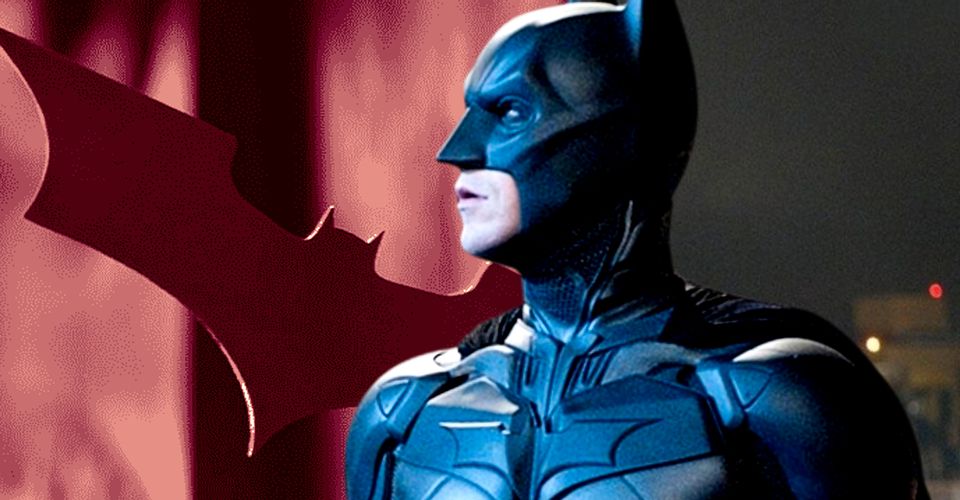Why Batman Rarely Uses Batarangs In The Dark Knight Trilogy

The batarang is one of Batman’s most iconic gadgets, yet he uses them extremely rarely in Christopher Nolan’s celebrated Dark Knight Trilogy. The films make full use of Batman’s arsenal of non-lethal devices, from his grapple gun to his gliding cape, yet his batarangs are seldom seen, let alone used against criminals. The reason for this has to do with the tone and relative realism that Nolan intended for his iteration of Batman.
The batarang has been part of the Batman mythos for even longer than essential supporting characters like Robin and Alfred. Debuting in a 1939 issue of Detective Comics, the batarang was initially envisioned as a metal, bat-shaped boomerang that could non-lethally stun or incapacitate criminals and return to Batman. Over time, however, batarangs have been depicted as a combination of boomerangs and shurikens, being able to cut ropes and cause other forms of calculated environmental damage without inflicting lethal wounds on ordinary human criminals.
Batarangs are, unsurprisingly, featured in nearly every live-action adaptation of Batman. The 1966 Batman TV series and the Batman films by Tim Burton and Joel Schumacher depicted standard batarangs similarly to their original Golden Age appearance, being blunt instruments that are used to non-lethally strike Batman’s enemies. In the DCEU’s films, Ben Affleck’s Batman uses comic-accurate modern batarangs that can non-lethally, albeit brutally, cut and puncture ordinary criminals. In Christopher Nolan’s trilogy, which focuses on relative realism, batarangs are no more than simple bat-shaped shurikens that Batman doesn’t directly use on his enemies.

Nolan’s version of Batman was trained by Ra’s al Ghul as a member of the League of Shadows (known as the League of Assassins in the comics). Fittingly, given his ninja training, batarangs are simple and grounded in reality in the Dark Knight Trilogy, receiving the most focus in Batman Begins. As a trained ninja, Bruce Wayne crafts shurikens as part of his arsenal, cutting them into the shape of bats so that his enemies will “share” his lifelong chiroptophobia. Batman only uses batarangs against the environment in Batman Begins, distracting and intimidating criminals by shattering lightbulbs with one for instance. Batman also uses his batarangs alongside miniature explosives to escape a commandeered train in act 3.
Batarangs appear in The Dark Knight, but only in a brief scene in which Bruce Wayne examines them before preparing to make his secret identity public. In the trilogy’s finale, The Dark Knight Rises, standard batarangs are completely absent, but Batman uses a batarang variant in one scene. Referencing Frank Miller’s Batman: Year One, Batman uses bat-shaped tranquilizer darts on Bane’s henchmen, with the darts resembling smaller versions of his standard batarangs.
Christopher Nolan’s Dark Knight Trilogy features what’s easily the most realistic version of Batman yet, so the relative realism, naturally, extends to the Caped Crusader’s gadgetry as well as his origin and characterization. It’s difficult to imagine a throwing weapon that easily cuts through rope but doesn’t inflict fatal injuries when used on an ordinary human. While other live-action iterations of Batman either follow their comic source material or create their own enjoyably fantasy-based versions of the Dark Knight, The Dark Knight Trilogy’s version of Batman strives for realism, and thus his batarangs are both simple and rarely used.
- The Batman (2022)Release date: Mar 04, 2022
About The Author


















